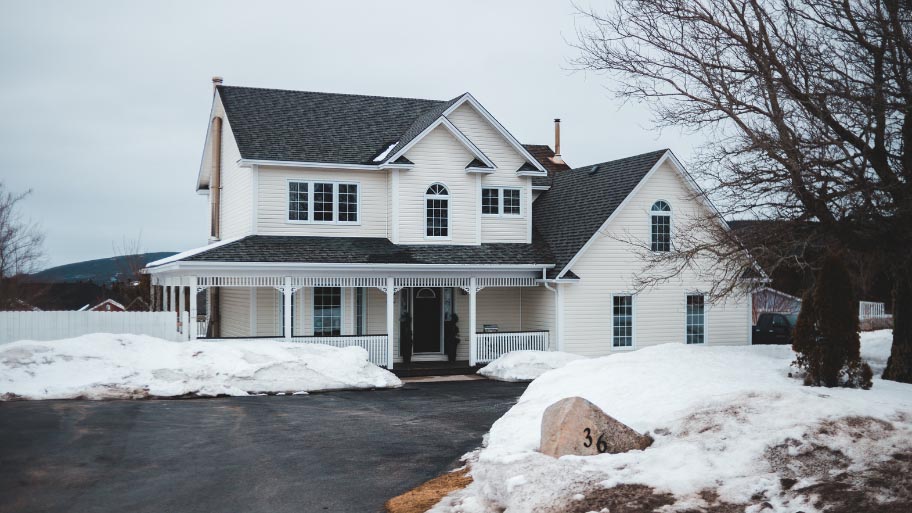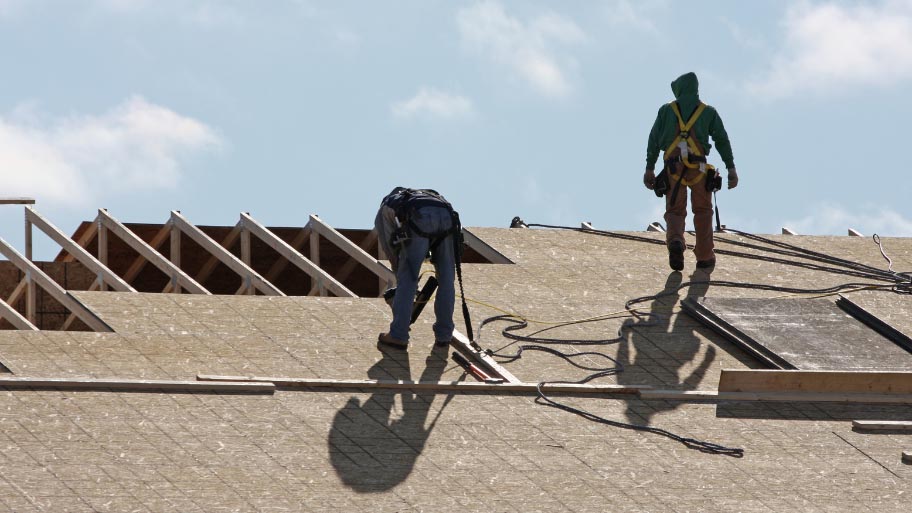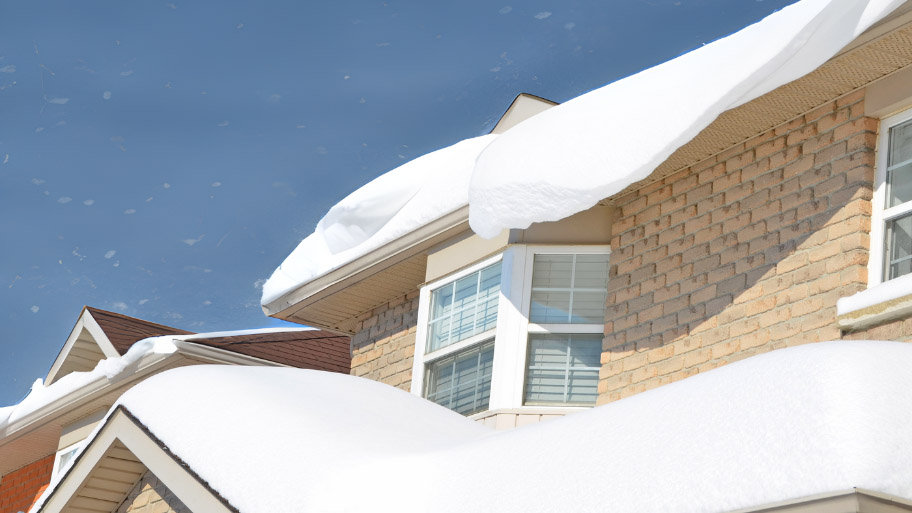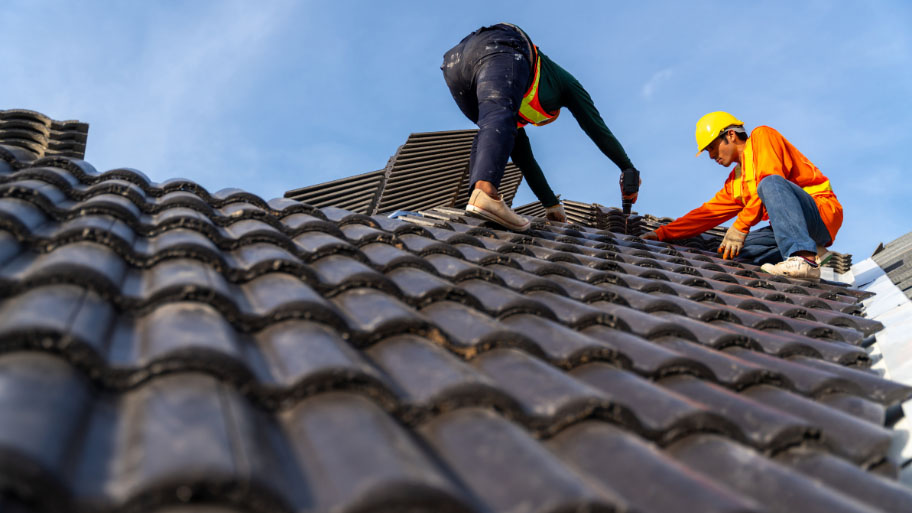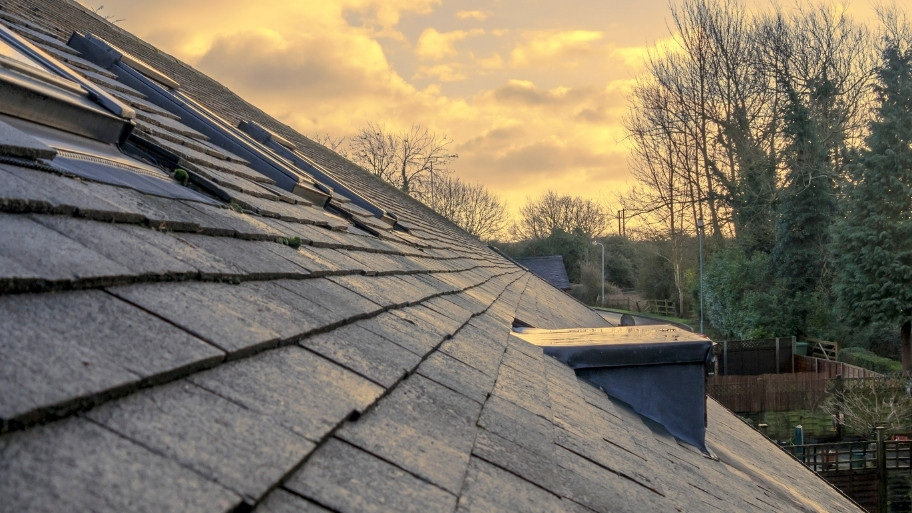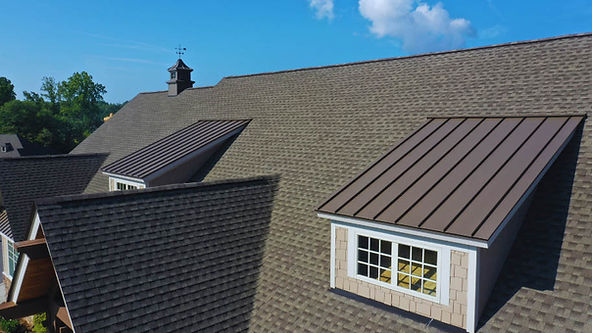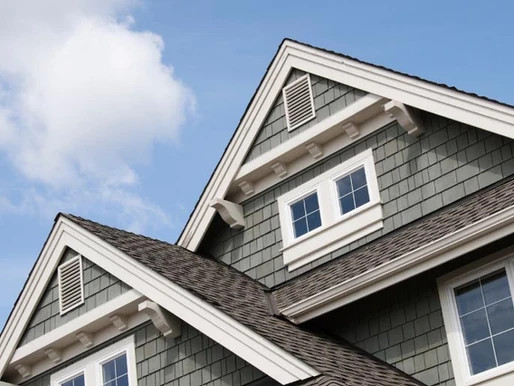Yes, roofing can be done in winter. This season, often overlooked for home improvements, offers unique opportunities for roofing projects. With the right approach and understanding of the challenges posed by colder temperatures, winter roofing not only becomes feasible but also advantageous in certain scenarios.
Can You Install Roofs in Winter?
Common Misconceptions About Winter Roofing
Many homeowners hold the misconception that roofing is impossible or highly risky during winter months. This belief stems from concerns about materials becoming brittle, adhesives not setting properly, and safety risks due to icy conditions.
Additionally, there’s a notion that all roofing contractors shut down operations during this season, waiting for warmer weather.
The Reality of Roofing in Cold Weather
Contrary to these beliefs, roofing in winter can be successfully carried out with proper planning and techniques. Modern roofing materials have evolved to withstand colder temperatures, and experienced contractors are equipped to handle the unique challenges of winter roofing.
Safety measures are rigorously followed to mitigate risks associated with cold and slippery conditions. While it’s true that roofing in winter may require additional precautions and can be contingent on weather conditions, it certainly isn’t off the table.
Winter Roofing: Challenges and Solutions
Advantages of Choosing Winter for Your Roofing Project
Opting for roofing during winter can be surprisingly beneficial. The most notable advantage is the reduced waiting time. Winter is often an off-peak season, which means your project may start sooner.
Additionally, addressing roofing issues in winter prevents potential damage from snow and ice accumulation, which can exacerbate existing problems. There’s also the aspect of insulation efficiency – repairing or replacing a roof before the coldest weather sets in can result in better heat retention and energy savings for your home.
Challenges Faced During Winter Roof Installations
Despite these advantages, winter roofing comes with its own set of challenges. The primary concern is the impact of low temperatures on roofing materials. For example, asphalt shingles may become less flexible and more prone to breaking in cold weather. There’s also the challenge of ensuring proper sealing and adhesive setting in the cold. Safety is another critical factor – icy conditions increase the risk of slips and falls.
To address these challenges, roofing professionals employ specialized techniques. They may use heating tools to keep materials pliable or opt for cold-weather-rated materials.
Scheduling work during the warmer part of the day and continuously monitoring weather conditions are other strategies. Safety protocols are heightened, with additional measures like enhanced grip footwear and safety harnesses being standard practice.
Pros and Cons of Winter Roof Replacement
Winter roof replacement, while feasible, comes with a unique set of pros and cons that homeowners should consider before proceeding.
Pros:
- Less Wait Time: Roofers typically have fewer projects lined up in winter, leading to quicker job start times.
- Potential Cost Savings: Some contractors offer off-season discounts.
- Preventing Further Damage: Addressing roofing issues in winter can avert the exacerbation of damage, especially from snow and ice.
- Improved Energy Efficiency: A well-installed winter roof can enhance insulation, reducing heating costs.
Cons:
- Material Handling Challenges: Cold weather can make materials like asphalt shingles brittle and harder to work with.
- Adhesive and Sealant Issues: The effectiveness of certain adhesives and sealants can be reduced in lower temperatures.
- Safety Risks: Icy conditions increase the risks of slips and falls, requiring extra precautions.
- Weather-Dependent Scheduling: Winter weather can be unpredictable, potentially leading to delays.
Essential Tips for Successful Winter Roofing
To ensure a successful winter roofing project:
- Choose the Right Materials: Opt for materials known to perform well in colder temperatures.
- Hire Experienced Contractors: Ensure your roofing team is skilled in winter roofing techniques.
- Plan for Weather Variabilities: Be prepared for potential scheduling changes due to weather conditions.
- Safety First: Confirm that your contractor follows enhanced safety protocols for winter conditions.
How Professional Roofers Overcome Winter Challenges
Professional roofers adapt their strategies to tackle winter roofing effectively. They often:
- Use Specialized Tools and Techniques: These might include heated equipment to keep materials flexible.
- Apply Alternative Adhesives and Sealants: Opting for products specifically formulated for cold weather.
- Prioritize Safety: Implementing rigorous safety measures like using safety harnesses and anti-slip footwear.
- Careful Scheduling: Roofers often schedule work for the warmer parts of the day or during less severe weather windows.
Key Considerations for Winter Roofing
Adapting to Winter’s Pace: Timeline Considerations
In the chill of winter, roofing projects might need a different rhythm. The days are shorter, and the weather can be a wild card, often shifting plans unexpectedly. It’s crucial for both homeowners and roofing teams to embrace a flexible mindset.
Timelines might stretch a bit longer, but it’s a trade-off ensuring that neither the safety on the job nor the integrity of your roof is rushed. This period calls for patience and a shared understanding that quality workmanship takes precedence, especially when the winter winds blow.
Specialized Roofing Equipment and Techniques
Winter conditions necessitate the use of specialized equipment and techniques. Roofers might employ thermal imaging tools to detect heat loss areas or moisture trapped under the roof. Specialized installation techniques, such as hot-air welding for flat roofs, become crucial to ensure effective sealing and insulation.
The Crucial Role of Ventilation and Insulation in Winter Roofing
When tackling a roofing project in winter, don’t overlook the essentials of ventilation and insulation. They’re more than just layers; they’re your home’s defense against winter’s quirks.
Properly insulating and ventilating your attic isn’t just about comfort; it’s a strategic move against ice dams – those icy build-ups that can wreak havoc on your roof. By balancing your roof’s temperature, you minimize the chances of snow melting and refreezing where it shouldn’t, keeping winter woes at bay.
Dealing with Snow and Ice Removal
Prior to any roofing work in winter, effective snow and ice removal is essential. This not only ensures safety but also allows for a thorough inspection of the existing roof condition. Roofers need to use safe and effective methods for snow removal that do not damage the roofing materials.
Managing Moisture and Condensation
Winter roofing projects often encounter challenges with moisture control. Roofers need to be vigilant about moisture and condensation that can accumulate due to temperature differentials. Using proper underlayment and moisture barriers becomes even more critical in these conditions.
Communication and Customer Service
Effective communication with clients is paramount during winter roofing projects. Regular updates about the project status, especially when facing weather-related delays, help in maintaining transparency and trust. Providing clear information about the roofing process, potential challenges, and care tips post-installation can significantly enhance customer service and satisfaction.
When to Opt for Winter Roofing: Scenarios and Considerations
Choosing the right season for roofing is crucial, and winter, with its unique conditions, presents specific scenarios where it might be the best or the least favorable option.
Situations Where Winter Roofing Is the Best Choice
Winter roofing is not just a necessity; sometimes, it’s the smartest move. Here are a few situations where winter emerges as the ideal time for roofing:
- Urgent Repairs: If your roof has suffered damage that can’t wait, such as leaks or missing shingles, winter roofing is imperative to prevent further damage, especially from snow and ice.
- Low Humidity Conditions: Winter often brings lower humidity, which is favorable for certain roofing installations, ensuring quicker and more effective sealing.
- Off-Season Advantages: Scheduling a roof project in winter might mean quicker project commencement and potentially more attention from the roofing team, as winter is typically a less busy season for them.
Deciding to Delay Roofing Until Warmer Weather
Sometimes, delaying your roofing endeavor until the arrival of warmer weather is the wiser choice. Here’s when it makes sense:
- Complex Roofing Needs: If you’re looking at a roofing project that’s on the larger side or involves intricate work, the steadier conditions of spring or summer can make a world of difference. Not only does this help with better handling of materials, but it also ensures a smoother workflow.
- Materials That Favor Warmth: Some roofing materials just do better when the mercury rises. These materials need the warmth to reach their peak performance, ensuring both the durability and effectiveness of your roof. Installing them in the chill of winter could mean compromising on these aspects.
- Your Comfort Matters: Your own comfort and the season’s demands are important too. The winter months, often busy with holidays and colder days, might not be the best time for the extra hustle of a roofing project. Waiting for a time when it’s more convenient for you and less disruptive to your routine could be the better route to take.
Expert Insights: What Industry Professionals Say About Winter Roofing
Insights from Experienced Roofers on Winter Challenges
Professional roofers acknowledge that winter roofing has its unique challenges. The optimal temperature for roofing is typically between 40 and 85 degrees Fahrenheit, as colder conditions can introduce specific complications.
Selecting the Right Materials for Cold Weather Roofing: The choice of materials is pivotal in winter roofing. While traditional options like fiberglass shingles and rubber roofing might struggle in the cold, becoming brittle or less reliable, there are materials that thrive. Metal roofing and slate, for instance, offer durability and adaptability in colder temperatures.
Professional Advice for Homeowners Considering Winter Roofing
Roofing experts advise ensuring crew safety, with a focus on proper insulation and awareness of icy conditions. Proper sealing of shingles is crucial, and using materials stored in a warm area can ease the installation process.
While winter offers availability and potentially lower rates for roofing projects, homeowners should consider all factors, including their comfort and the specifics of their roofing needs, before opting for winter roofing.
Making the Decision: Should You Roof in Winter?
The choice to proceed with a roofing project in the winter isn’t always clear-cut. It involves a careful assessment of various aspects that could impact your choice significantly.
Assessing Your Roof’s Present State and Future
One key aspect to consider is where your roof currently stands in terms of its condition and how long it’s expected to last. If it’s already showing significant signs of aging or wear, postponing the work until the arrival of warmer weather could actually result in more extensive, and potentially more expensive, damage. This situation necessitates a careful balance between the urgency of repairs and the optimal conditions for roofing work.
Considering Indoor Air Quality During Winter
Roofing in winter can impact your home’s indoor air quality. Ensure that your roofing plan includes adequate ventilation strategies to handle any fumes or odors from roofing materials, which can be more pronounced when windows are kept closed due to cold weather.
Analyzing Cost-Benefit Ratio
Winter roofing might offer financial advantages. Lower demand can translate into better pricing or scheduling flexibility, but this should be weighed against the potential need for additional measures to handle the cold, which might add to the costs.
Final Thoughts and Recommendations
When contemplating winter roofing, carefully evaluate all factors, including your roof’s current condition, potential cost benefits, and how the process might affect your daily life during the colder months. It’s also crucial to consider the impact on indoor air quality and prepare accordingly.
For those in the decision-making phase, it’s essential to consult with a reliable and experienced roofing professional. In this regard, JB Roofing & Gutters stands out as a commendable choice. With our expertise in handling winter roofing challenges and commitment to quality service, we can provide valuable insights specific to your needs and offer tailored solutions.
Opting for a reputable company like JB Roofing & Gutters ensures that your winter roofing project is in capable hands, balancing efficiency with the highest standards of safety and quality.

About the Author
Joe Burkhart, the driving force behind JB Roofing, has been a trusted roofing expert in Ankeny, IA, since 2006. Joe’s passion for quality craftsmanship and personalized service comes from over 20 years of hands-on experience, starting his journey in the roofing industry back in the early 1990s. JB Roofing is more than just a business to Joe—it’s a reflection of his commitment to providing reliable, long-lasting roofs that protect homes and families across Iowa.

